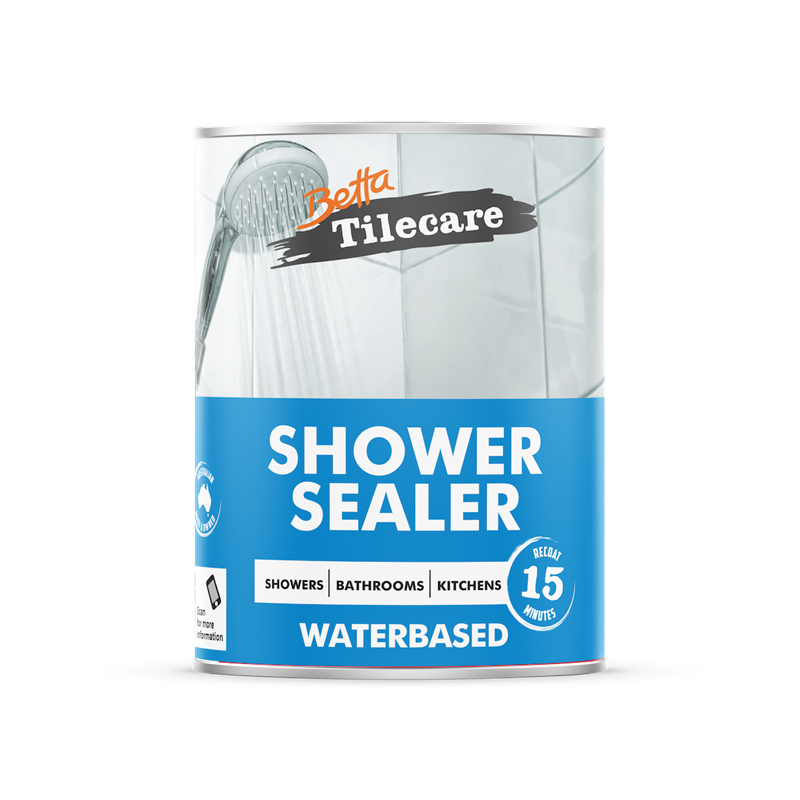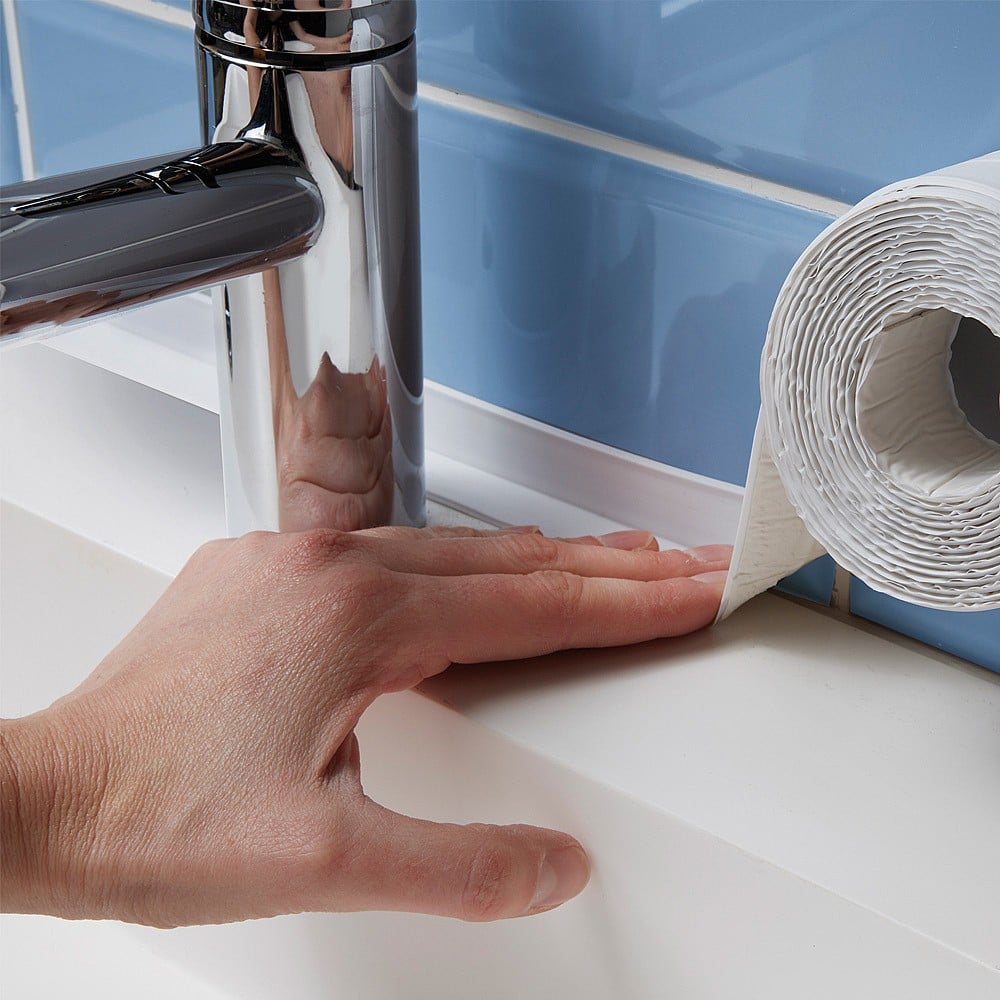Understanding Waterproof Bathroom Sealants: Best Waterproof Bathroom Sealant

Imagine this: You’re enjoying a relaxing shower, the steam filling the room, and suddenly, you notice a small leak. It’s not just a trickle; it’s a full-blown waterfall, soaking your bathroom floor. This nightmare scenario can be avoided with the right waterproof bathroom sealant.
Waterproof bathroom sealants are your bathroom’s secret weapon against water damage. They act as a barrier, preventing water from seeping into cracks, crevices, and joints, protecting your bathroom’s structural integrity and preventing costly repairs.
Types of Waterproof Bathroom Sealants, Best waterproof bathroom sealant
There’s a whole world of waterproof bathroom sealants out there, each with its own strengths and weaknesses. Understanding the different types helps you choose the best one for your needs.
- Silicone Sealant: This is the most popular choice for bathrooms. It’s flexible, durable, and resistant to mold and mildew. Silicone sealant is excellent for sealing gaps around tubs, showers, sinks, and countertops.
- Acrylic Sealant: This type of sealant is water-resistant but not waterproof. It’s often used for sealing cracks and gaps in drywall and other non-porous surfaces. While it’s cheaper than silicone sealant, it’s not as durable and can crack over time.
- Polyurethane Sealant: This sealant is known for its strong adhesion and flexibility. It’s commonly used for sealing expansion joints, cracks, and gaps in concrete and other porous surfaces. It’s also a good choice for sealing around tubs and showers, but it’s not as mold and mildew resistant as silicone sealant.
- Epoxy Sealant: This type of sealant is incredibly strong and durable. It’s often used for sealing cracks and gaps in concrete, tile, and other surfaces. Epoxy sealant is also resistant to chemicals and solvents, making it ideal for high-traffic areas.
Top Waterproof Bathroom Sealant Options

Choosing the right waterproof sealant for your bathroom is crucial to prevent leaks, mold growth, and costly repairs. It’s a bit like choosing the right superhero for the job—you need one that can withstand the constant onslaught of moisture and humidity. But fear not, my fellow bathroom warriors, we’re about to delve into the world of waterproof sealants and find the perfect one for your needs.
Top Waterproof Bathroom Sealant Options
The best waterproof bathroom sealant for you will depend on your specific needs and budget. To help you navigate this watery labyrinth, we’ve compiled a list of the most popular and effective options available. Each sealant has its own strengths and weaknesses, so consider your project’s requirements before making your final decision.
| Sealant Name | Type | Key Features | Pros | Cons | Average Price |
|---|---|---|---|---|---|
| Silicone Sealant | Silicone | Flexible, waterproof, mildew-resistant | Excellent for sealing gaps and joints, durable, easy to apply | Can be difficult to remove, may yellow over time | $5-$15 per tube |
| Polyurethane Sealant | Polyurethane | Strong, durable, paintable | Highly water-resistant, forms a strong bond, can be used on a variety of surfaces | Can be difficult to apply, may shrink over time | $10-$20 per tube |
| Acrylic Sealant | Acrylic | Flexible, paintable, easy to apply | Water-resistant, easy to clean up, dries quickly | Not as durable as silicone or polyurethane, not as water-resistant | $3-$10 per tube |
| Butyl Sealant | Butyl | Highly waterproof, durable, UV-resistant | Excellent for sealing roofs, windows, and other outdoor applications | Can be difficult to apply, not as flexible as silicone | $15-$25 per tube |
| Epoxy Sealant | Epoxy | Strong, durable, chemical-resistant | Excellent for sealing cracks and gaps, resists moisture and chemicals | Can be difficult to apply, requires mixing, dries quickly | $15-$30 per tube |
Applying Waterproof Bathroom Sealant

Applying waterproof bathroom sealant correctly is crucial for a long-lasting and leak-free bathroom. Proper application ensures that the sealant adheres effectively, preventing water from seeping into cracks and causing damage.
Preparing the Surface
Before applying sealant, it’s essential to prepare the surface for optimal adhesion. This involves cleaning the area thoroughly to remove any dirt, debris, mold, or mildew.
- Start by cleaning the surface with a mild detergent and water, scrubbing away any dirt or grime.
- Rinse the area thoroughly with clean water and allow it to dry completely. For stubborn stains or mold, use a bleach solution diluted with water.
- Once the surface is dry, use a scraper or putty knife to remove any loose or peeling sealant.
- Finally, use a damp cloth to wipe down the surface again, ensuring it’s free of dust and debris.
Applying the Sealant
After preparing the surface, you can begin applying the sealant.
- Cut the sealant tube’s tip at a 45-degree angle, creating a small opening for dispensing the sealant.
- Apply the sealant in a smooth, continuous bead along the joint or crack you want to seal.
- Use a sealant tool or your finger (wearing a disposable glove) to smooth out the bead and ensure it fills the entire gap.
- Avoid applying too much sealant, as this can lead to cracking or peeling.
Allowing the Sealant to Cure
Once the sealant is applied, allow it to cure completely according to the manufacturer’s instructions.
- Most sealants require 24-48 hours to cure fully.
- During the curing period, avoid exposing the sealant to water or excessive moisture.
- After the curing period, the sealant should be fully waterproof and ready for use.
Troubleshooting Common Application Problems
Despite careful application, you may encounter some problems.
- If the sealant is too thick, it can crack or peel. This can be caused by applying too much sealant or using an old sealant tube.
- If the sealant is too thin, it may not adhere properly. This can be caused by using a sealant that is not designed for the specific application or by applying it in a cold environment.
- If the sealant is not smooth, it may not provide a proper seal. This can be caused by using a sealant tool that is not smooth or by applying the sealant too quickly.
Ensuring a Long-Lasting Seal
To ensure a long-lasting seal, consider these tips:
- Apply sealant to clean, dry surfaces.
- Use a sealant that is designed for the specific application.
- Follow the manufacturer’s instructions carefully.
- Inspect the sealant regularly for any signs of damage or deterioration.
- Reapply sealant as needed to maintain a waterproof seal.
Best waterproof bathroom sealant – A good waterproof bathroom sealant is essential for preventing leaks and mold growth. But don’t forget the importance of high-quality bathroom fittings! To ensure a truly luxurious and functional bathroom, explore the bathroom fittings best brand in india to complement your sealant and create a space that’s both beautiful and durable.
With the right sealant and fittings, you’ll have a bathroom that stands the test of time.
Choosing the best waterproof bathroom sealant is crucial for a long-lasting, moisture-free space. While a good sealant protects against leaks and water damage, don’t forget the importance of proper vanity height, which can greatly impact your bathroom’s functionality and aesthetics.
What is the best height for bathroom vanities can be a deciding factor in your overall bathroom design, and a well-placed vanity can enhance both practicality and style. Ultimately, the right sealant and vanity combination will create a bathroom that is both beautiful and functional.